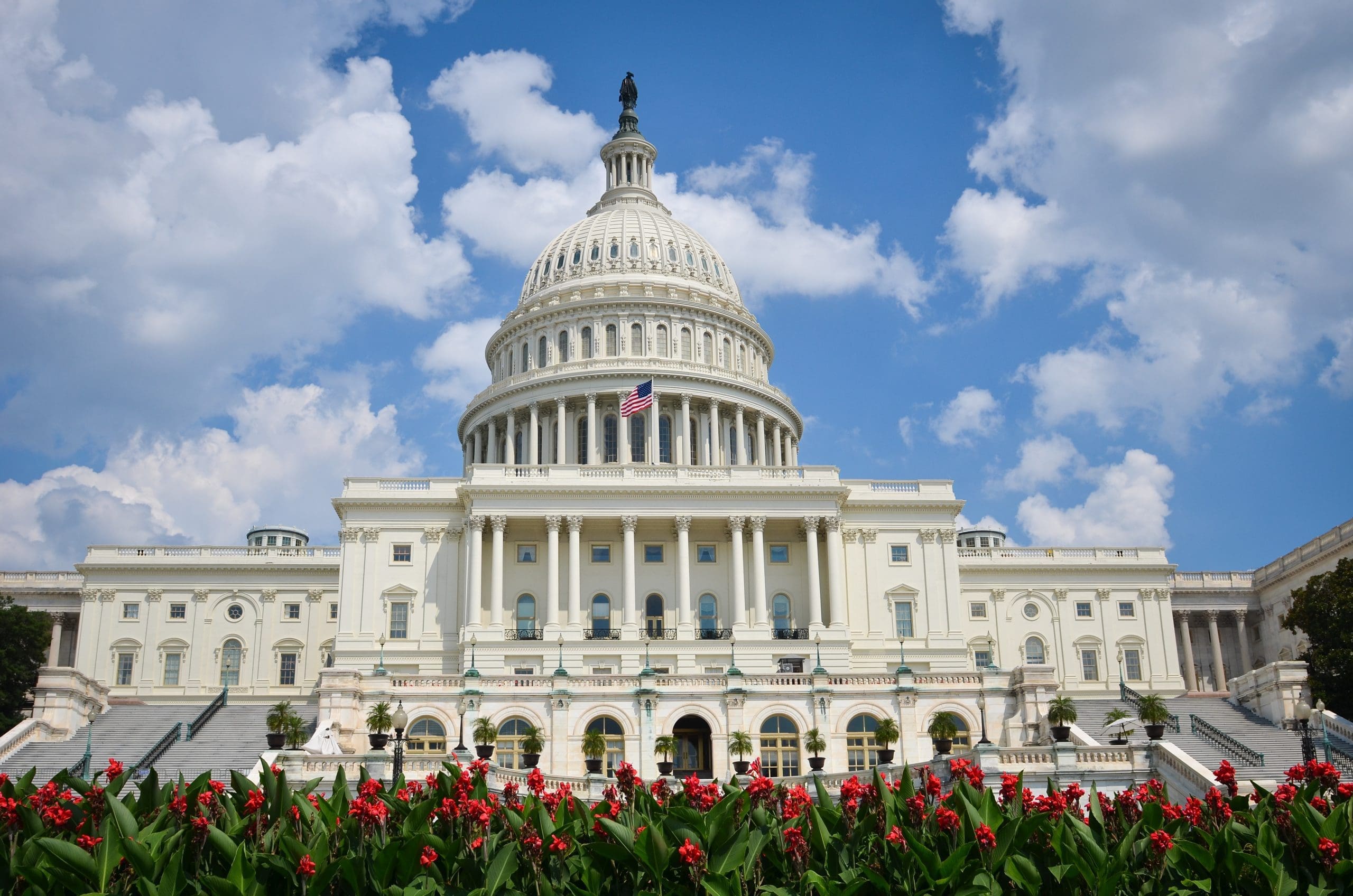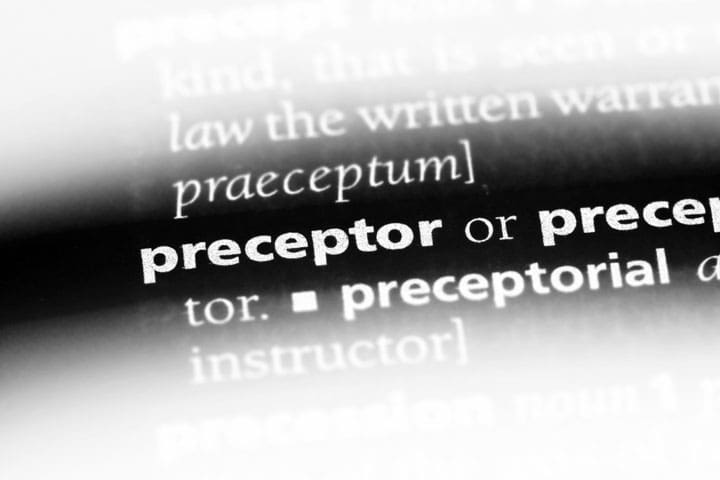In the beginning, there was a single entity called “medicine” and everything health care–related was medicine. Then there were wars; those practicing medicine became too busy and nurses such as Florence Nightingale came to help provide care, which was fine with medicine.Then nurses became more educated and earned higher degrees and health care became complicated. Medical technology advanced, doctors specialized, and so did nurses. Nurses told doctors, “We can provide this level of care, while you practice more specialized care. We can also take care of this child on Medicaid.” Doctors looked at the economics and agreed, billing for the nurses’ services. Doctors concentrated on complicated medicine. Scope of practice was shared. Managed care came along and money became scarce. Doctors realized that nurses were competing for resources and decided to take back medicine to control resources.
Into this dynamic environment came the late Margretta Madden Styles, who published, in 1989, On Specialization in Nursing: Toward a New Empowerment. This book depicted the developing environment of advanced practice, and the increasing specialization among nurses, both at the advanced degree and the baccalaureate levels.
Today, APRNs face challenges from many quarters. Organized medicine postulates that nonphysician providers are less well educated and cannot safely perform the work of physicians or the physician’s scope of work. Boards of nursing say nurses have two scopes of work—nursing and advanced practice nursing. ANA says nursing has one broad scope of practice. APRNs want to practice independently of physicians, as they are credentialed to assess patients and write prescriptions, and have been prepared through lengthy practicums to function safely. But physicians want the right to oversee this work and bill for the APRNs’ services. Graduate schools of nursing prepare specialized APRNs to care for patients with new and unique needs, but sometimes overlook ensuring that the graduates have the skill set needed to perform or eligibility for APRN certification and legal recognition. And mobility for APRNs from one state to another leaves many unemployable through lack of mutual recognition.
Ironically, at the same time, the crisis in the United States healthcare system is creating the opportunity for APRNs to gain valued status as primary care providers. Many see APRNs as critical to achieving access to health care for all.
These driving forces have challenged the nursing profession to scrutinize the hodgepodge of systems—which have evolved over the last 50 years—that are in place to educate, certify, and regulate APRNs. These strategies were deemed sufficient until boards of nursing and organized medicine became attentive to APRN practice, as states granted prescriptive privileges, Centers for Medicare and Medicaid Services granted third-party reimbursement and, more recently, nurse practitioners practiced in retail clinics.
In 2004 the professional nursing community turned to Gretta Styles for advice on a model that would address concerns and agendas regarding the future regulation of APRNs. Styles and others address these issues in the new edition of her book, Specialization and Credentialing in Nursing Revisited, newly released by NursesBooks.org.
The future model of APRN regulation calls for all APRNs to be regulated only by boards of nursing, as independent providers, with all of the privileges and responsibilities of such. The future model requires that all APRNs demonstrate, via psychometrically sound methods, their competence as an APRN, in the role and within a population for whom they provide care, whether that be neonatal, pediatric, adult-geriatric, family, women, or mental health. APRNs will be educated to meet requirements for prescriptive authority and for reimbursement, whether or not they opt to pursue those areas. Educational programs will be required to have preapproval of each APRN program track before admitting students. All APRNs will comply with some formal mechanism for demonstrating ongoing competence in their area of practice. All nursing organizations representing APRNs are being asked to endorse this model for the future, with full implementation by 2015.
If you’re an APRN, you may say, “I already meet these requirements.” If so, congratulations. If not, are you prepared and committed to doing so? For this is what it will take to put the demons to rest that challenge APRNs’ skills and knowledge, their desire to function independently and, often, their ability to get reimbursed for the care they provide.
Over the next few months, make it your job to learn about and understand the new model, what it demands of each of us in order to succeed, what you can aspire to, and what you can expect from the APRN of the future.
Rebecca M. Patton, MSN, RN, CNOR
President
American Nurses Association

















